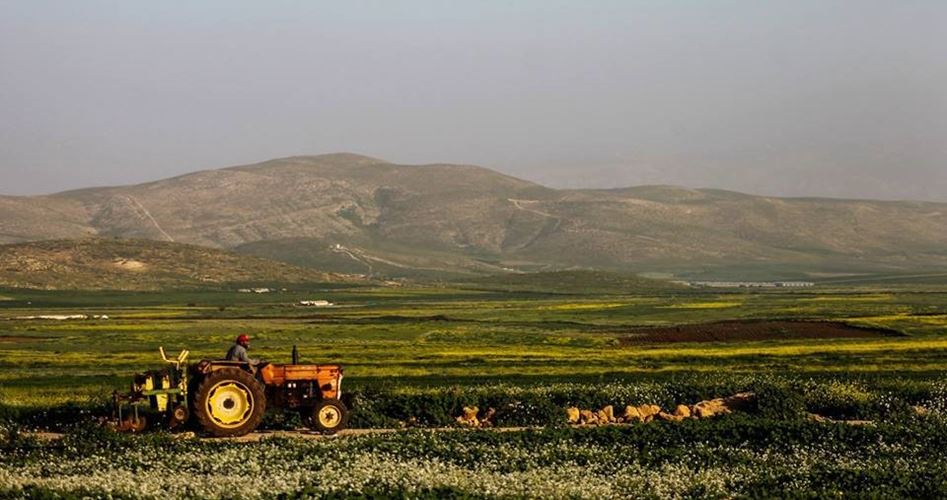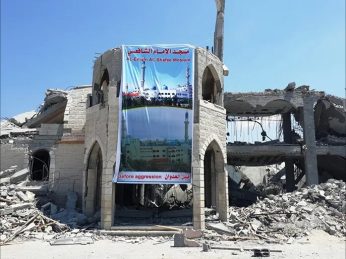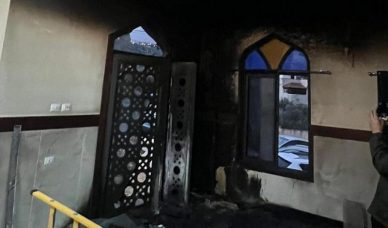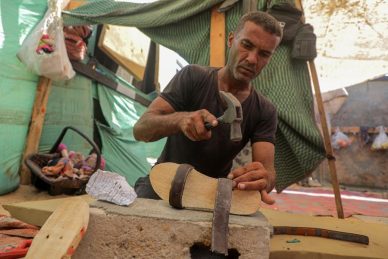The Israeli occupation continues to target the Palestinian food basket (Alyanbee and Wurud area) with its hatred to distort tourism and civilization of Palestine. However its oppressive efforts are always faced by the will of life in the Palestinian Valley.
Ain al-Sakout al-Auja salt baths and dozens of other sites that reflect the charm of nature in the Palestinian Valley are still suffering from the systematic Israeli targeting campaigns to kill the Palestinian beauty.
Human rights activist and expert on settlements and the separation wall Arif Daraghmeh highlighted some of the sites of the beautiful valley which deserve to be visited for recreation including 16 sites which have various natural features. Khirbit Al-Hamma is characterized by its charming beauty the springs of running water and Khirbit Sakut lies along the Jordan River while Khirbit Al-Malih is very old he added in a statement to the PIC.
According to Daraghmeh Khirbat Qaun is to the north of the village of Bardala while Khirbit Al-Burj contains a 247-year-old tower Khirbit Umm al-Qubba hosts the Allahin Valley and Khirbit Samra which was destroyed in 1967 and still contains some of the remains that date back to that period. Khirbit Um Alibar which is also a historical ruin with beautiful views and Khirbit Jabarees which is the highest ruins overlooking the Palestinian Territories occupied in 1948 and 1967.
Daraghmeh pointed out that the Jordan Valley contains 29 unique species of roses and flowers in addition to the ruins mentioned above which embrace the charm of nature and its ancient ruins but this natural beauty is being crushed by the occupation’s military exercises. Ahmad Dababat one of the residents of Al-Malih in the Jordan Valley said 70% of the land there is confiscated for the purpose of military training from Sunday to Thursday and the remaining nature reserves are closed.
The depleted Aouja spring
In another location in the Jordan Valley it is impossible not to notice the spring of Aouja although the occupation has brought many changes to the area “despite that the spring is still running it cannot be compared to what it used to be in the past” according to Maher Najoum from Aouja.
He adds: “Today the flow of water has dropped dramatically and the surrounding area has been turned into an arid desert. The Israeli occupation forces through the Israeli Mekorot Water Company have dug several large wells on the basin that feeds the spring to supply five nearby installed Israeli settlements which have tens of thousands of acres of palm trees herbs olives roses and grapes which are exported to Europe at the expense of our water.”
The story of Alsamsam spring in the neighboring village of Fasayil close to which a palace was built during the Ottoman era is no different. After 1967 the Israeli occupation almost dried it up as three water-wells in the surrounding area were dug.














